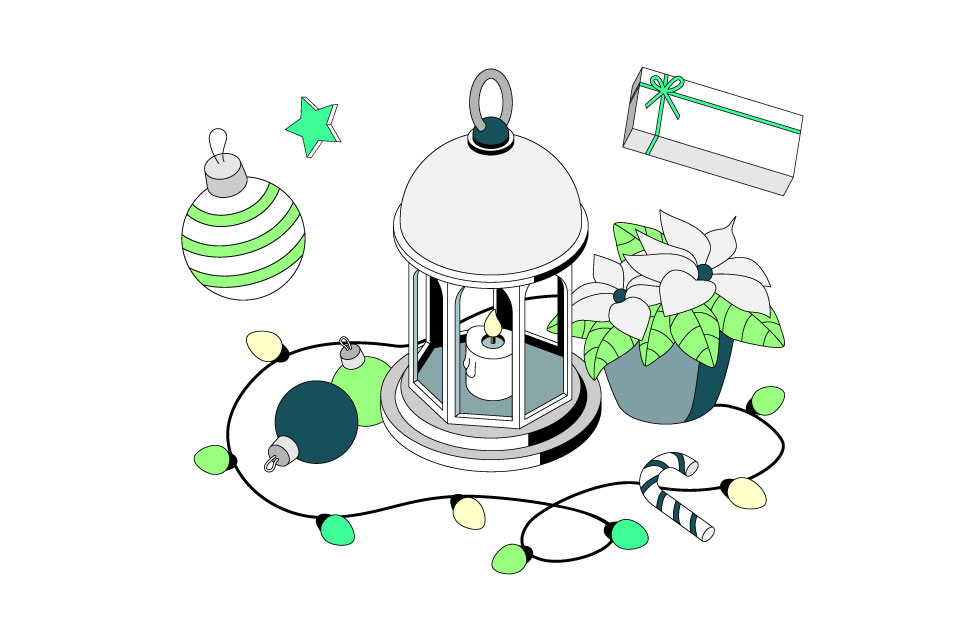Traditionally, many of us jet off on holiday at this time of year, to make the most of the school break, enjoy the warmer weather abroad, or simply recharge.
Recently though, patterns have started to shift. A survey in July found that 9% of holidaymakers had changed their preferred holiday months, up from 8.5% last year. This may seem a small change, but it does reflect the changing needs and demands of a more diverse customer base.
Whether it’s to navigate the costs and crowds associated with peak summer, to avoid the increasing risk of extreme weather events like wildfires, or as a result of the rising cost of living, holidaying in the quieter “shoulder season” is more popular than it once was. What’s more, Britons are “leaving it later to book shorter stays closer to home” according to data from a number of travel firms.
All this will have an effect on many businesses at home, especially those in the tourism, travel, and hospitality sectors. Our trains, seaside ice cream parlours, and village tea rooms are likely to be busier this summer than they have been for a few years. And while this may present an initial resourcing challenge, it is also a huge opportunity.
Being creative with the customer experience
This influx of customers will be a welcome boost to trade for many organisations, particularly in what has been an undoubtedly challenging time for our hospitality sector. That said, it’ll also require thoughtful management to ensure businesses are geared up and prepared. Our own research shows that, in order to create those all-important memories, there is a growing demand for experiences and activities that create genuine connection rather than us just consuming or buying more.
Training your staff properly, ensuring the right products and resources are available, and dialling up your service systems will be key to ensuring a seamless customer experience for these experiences.
But there are also wider opportunities to drive up greater levels of creativity.
That might mean opening at different times of the day, designing a specific space, or offering to fit the needs and preferences of a wide range of customers, or adjusting your hiring strategy to build a more diverse workforce that better connects with the people you serve. More recently, we have also seen a greater rise in working in collaboration with others in the community to build end to end experiences. Ultimately though, if we consider that some customers this summer may be visiting their first British seaside resort or National Park for some time, ensuring customers have a good experience will be essential in convincing them to return.
A lesson for all businesses
There is an important lesson here for all service-led businesses. Customer preferences are constantly evolving, which means our service propositions should be too.
And we see this evolution almost everywhere we look. From how consumers discover, align with, and buy from retailers and supermarkets – owing to AI, online shopping, and greater brand exposure – to commuters opting out of rail season tickets because of flexible working and rising prices.
This means that staying aware, agile, and creative is crucial for success in today’s operating environment. It allows businesses to adapt to meet these consumer shifts in the short-term, while shaping a deeper transformation in their service strategy in the long-term.
When it comes to service, we know that doing the basics well will aways matter. However, the businesses that are also able to cater to and stay ahead of customer preferences will be better placed to differentiate themselves – not just providing a competitive advantage, but also building customer loyalty and a route to sustainable business growth.



